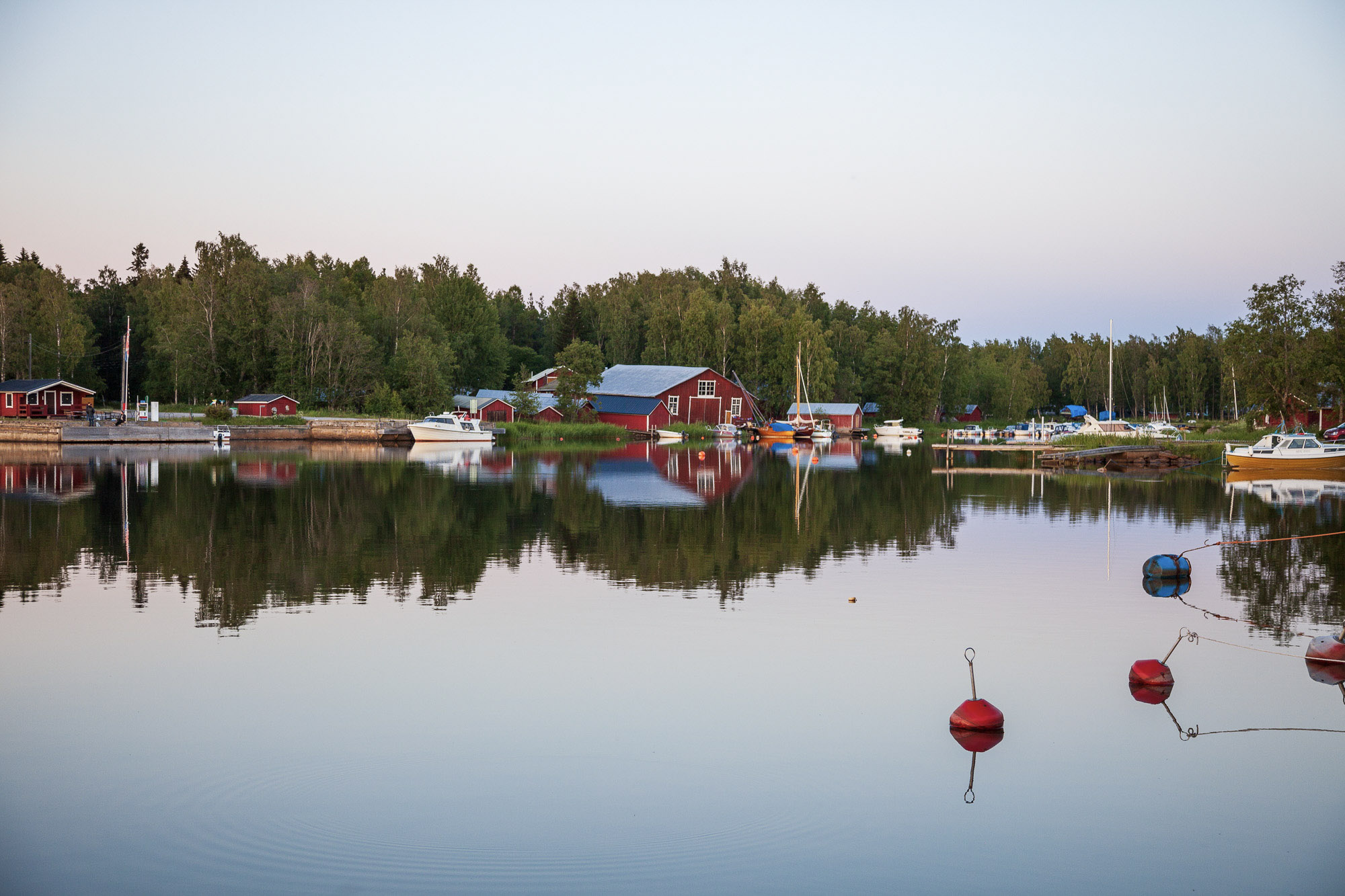
History
The name Kittholmen is recorded on maps from the late 1600s, then with the name 'Kythollmen,' which comes from the word 'kytland.' According to a Swedish dialect lexicon, the verb 'kytta' means 'to burn slash-and-burn land, i.e., to ignite piles of brushwood and peat to fertilize the soil through the ash.' The word 'kytland' can also be compared to the Finnish word 'kytö,' in Swedish 'sved(en).' In the Jakobstad dialect, the term 'kyta' is still used, meaning that something burns or ripens slowly.
Former museum director Guy Björklund has written a history of the Old Harbor. You can read the entire history at the link on the left, below is an abbreviated version.
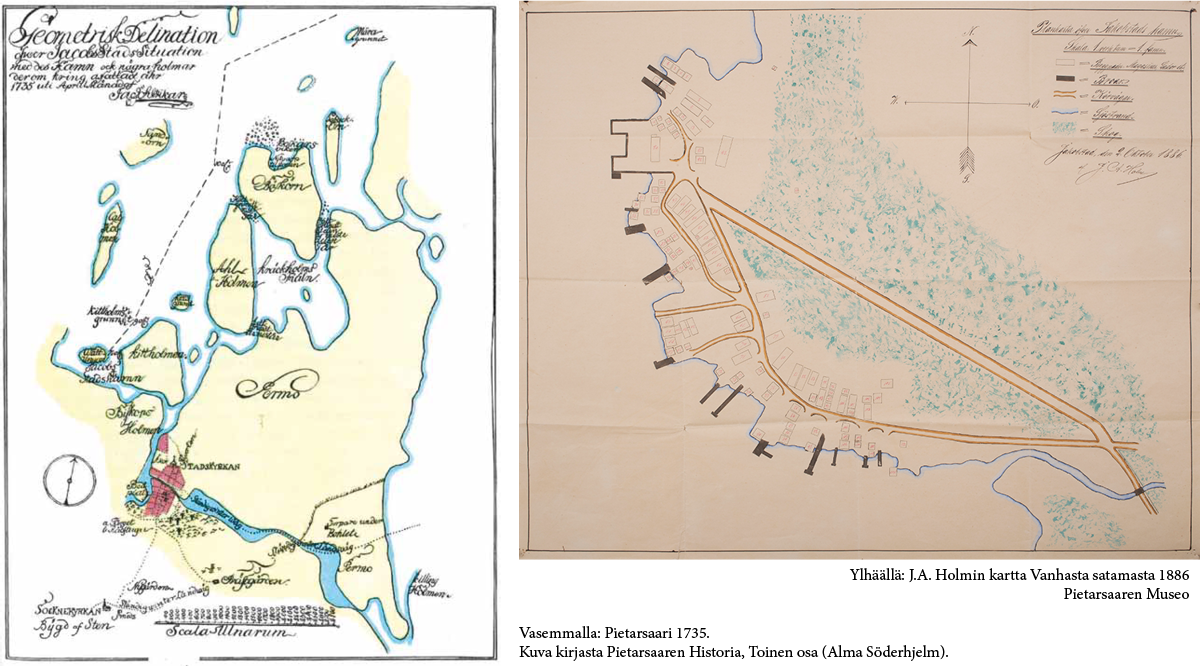
Varför “Why Old Harbour”?
The name Old Harbor dates back to the latter part of the 1800s, when the city had already acquired a new harbor facility further out on the shore of Alholmen. Old Harbor had its greatest significance from the early 1600s to the 1830s, and when the tar trade ceased in the late 1850s, Old Harbor also lost its function as a storage place for tar. After that, the harbor was downgraded to a small boat and fishing harbor, and today it is dominated by recreational boats.
The history of the Old Harbor goes back much further than 1652, when Jakobstad was founded. It was because of the harbor that the city was established in its current location. In 1652, Ebba Brahe wrote in her foundation letter to her steward, Henric Tavast at Pinnonäs farm, that he should find a suitable place for the city near the so-called Pedersöre harbor, which at that time included the Old Harbor and its continuation inland, later called Stadssundet.
Shipyards and tar works
Naturally, various types of industries and factories, both large and small, were attracted to the harbor area in Jakobstad. The oldest branches of production were those related to shipping and shipyards
Jakobstad's first factory, the tar works, was established in 1753 at the Old Harbor south of the harbor bay. Production was at its peak during the 1700s with about 1500 barrels of tar per year, and in the early 1800s, about 1000 barrels annually. The tar works were used for the last time in the 1880s
Around the year 1800, a ropewalk was established on Kittholmen. For this purpose, a straight and wide path was cleared through the forest. The ropewalk is a very prominent remnant of a craft that was so important for shipbuilding
Within the Old Harbour area, there have been several smaller and larger workplaces, ranging from blacksmiths to mechanical workshops, from food sales to a brewery. It can finally be concluded that the Old Harbor was the city's most important industrial area as long as the harbor bay could function as the city's harbor until the mid-1800s.
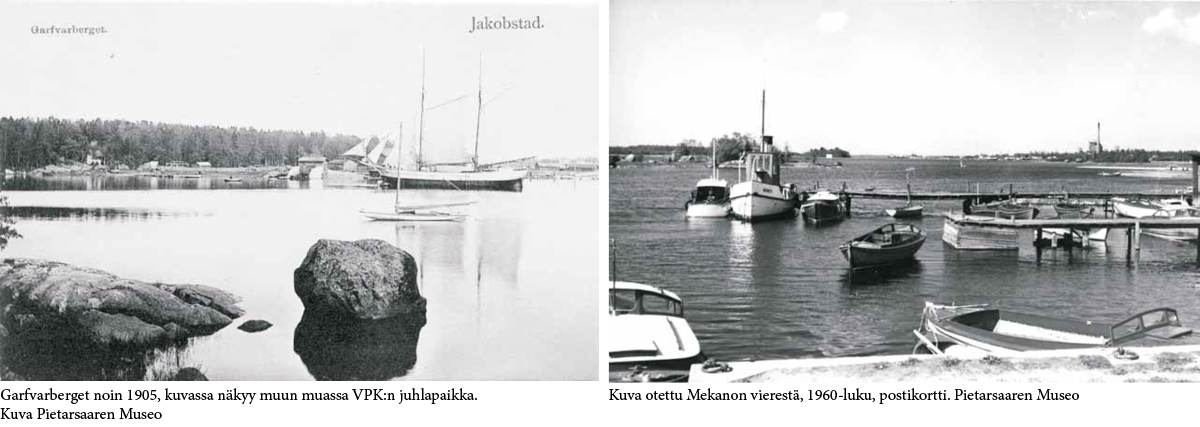
Recreation and marina
Since the Old Harbour area lost its economic significance, the area has become increasingly important as a recreational area. Summer cottages were built on Kittholmen as early as the late 1800s. Similarly, the Volunteer Fire Brigade established a festival ground here in 1890, which has since been used in the summer for various entertainment events.
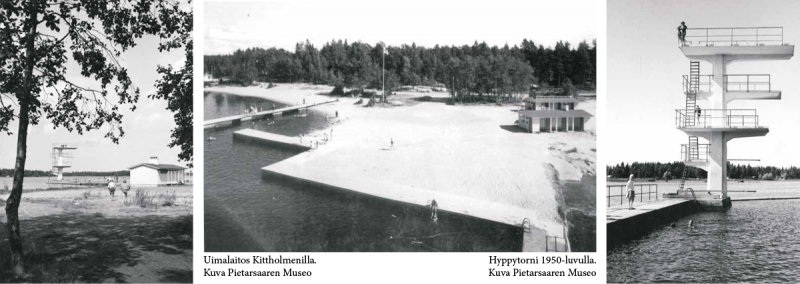
In 1981, a motion was submitted to the city council for an investment in the Old Harbour area and to revive Jakobstad as a maritime city. In 1984, a working group was appointed, which later led to the establishment of Gamla Hamn Ab, Jacobstads Wapen, the FantaSea Park, and ultimately the formation of the Vega Foundation.
Through dredging carried out from 1984 to 1986, the area's attractiveness was also increased, creating new opportunities for a vibrant marina. The Old Harbour area has been spared from overly intensive development, which also means that many visible remnants of activities in the Old Harbour remain within the area.
This illustration from 1989 by H. Reitti depicts activities in the area before the turn of the millennium.
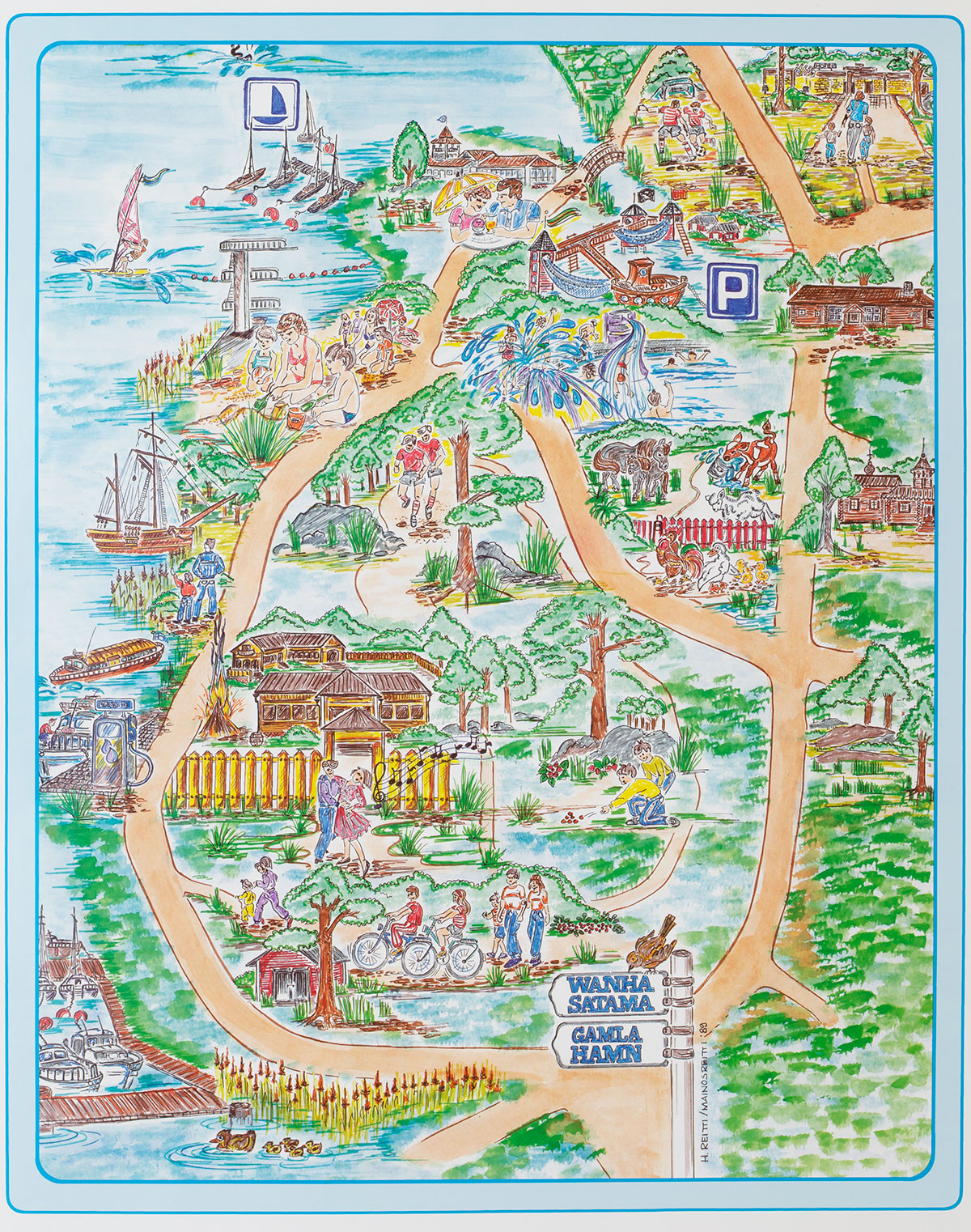
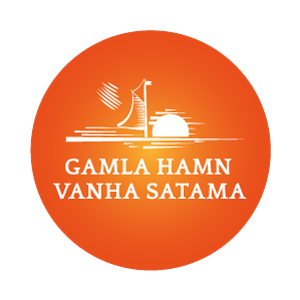
Shipyard – museum:
Open:
9.6 -1.8.2025 from 10:00 to 16:00
Admission:
Adults 10 €
Children 12-17 years 5 €
Children under 12 years free
The museum card is valid with us
Other times by appointment.
Call 050 5947814
Vega Foundation
info@vegastiftelsen.fi
Maria Lunabba tel: 050 594 7814
Vega Foundation tel: 044 242 2073
Visiting address:
Gamla Hamnvägen 19, Jakobstad
Postal address:
c/o Lunabba, Loveret 1 A, 68600 Jakobstad
Gamla Hamn i Jakobstad rf
gamlasatama@gmail.com
If you want to become a member of our association, contact us at gamlasatama@gmail.com
or call 050 5947814
Jakobstads Gamla Hamn Ab
peter.bostrom@datic.fi
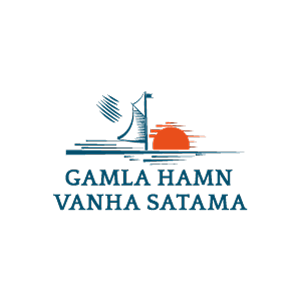
 Svenska
Svenska Suomeksi
Suomeksi
